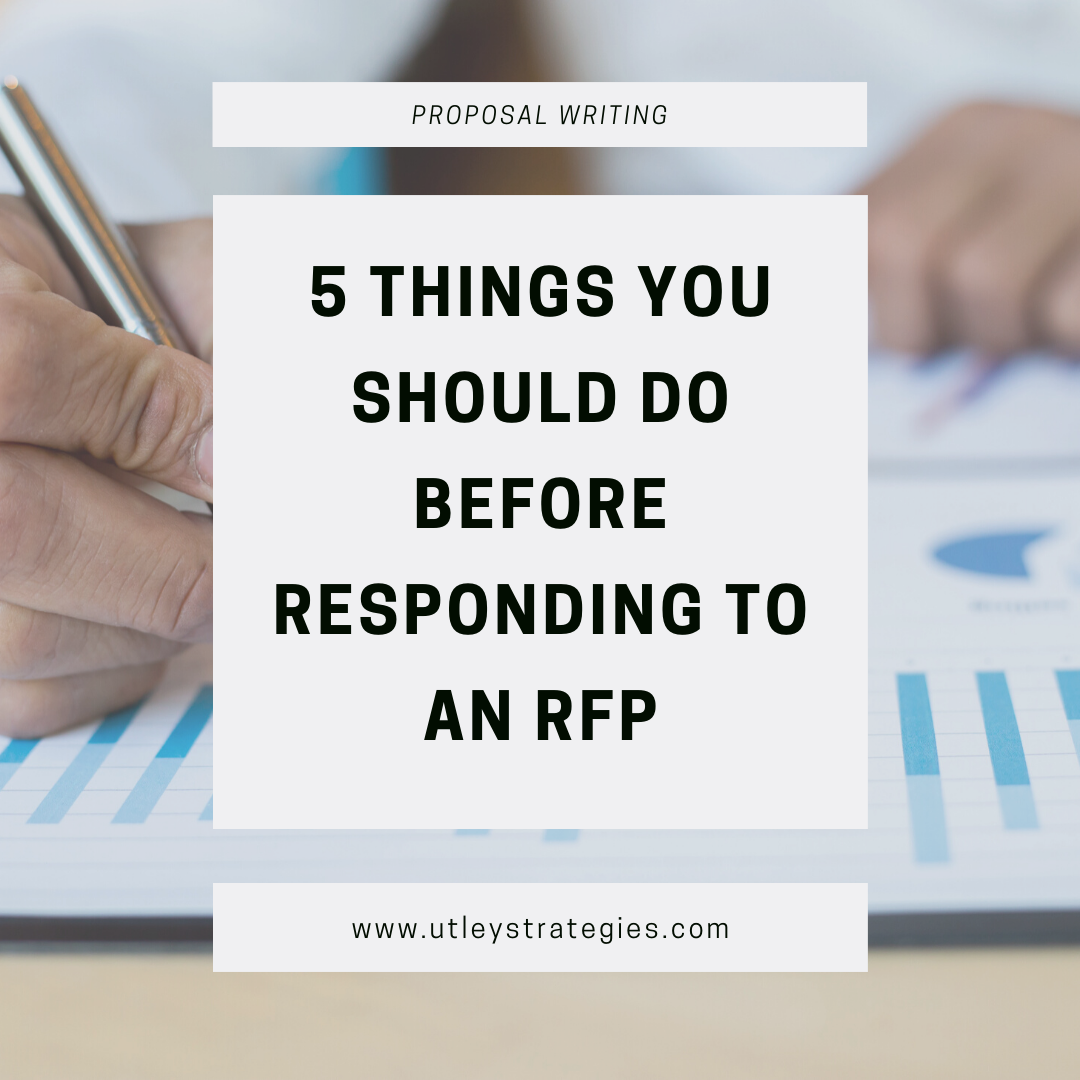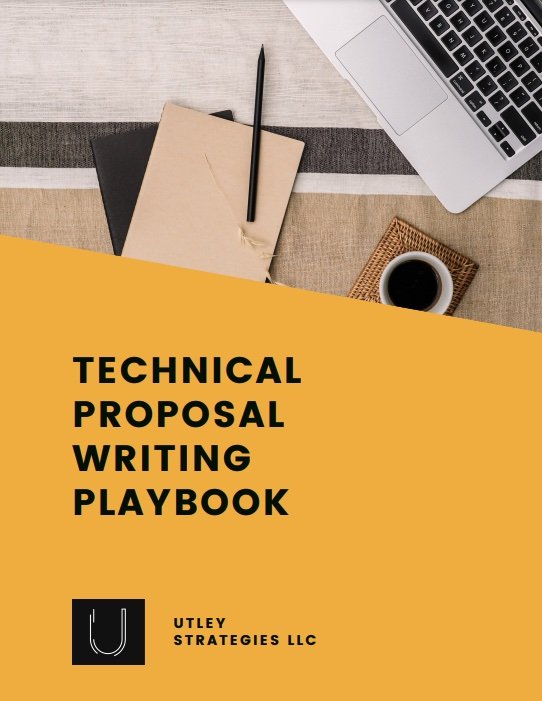5 Things You Should Do Before You Start Responding to RFPs
Responding to RFPs allows your business to hit a new level. By definition, RFPs are typically for projects that are at least $100,000 or more (depending on the organization’s standards) and winning these larger contracts can skyrocket your income. These larger contracts lead to more competition, and often low win rates. You can set your company up to be more likely to succeed, however. Before you start spending all of your time and resources responding to RFPs, take these steps to prepare and you’ll see better results.
Focus on 1-2 Offerings
As with most things in business, a focused approach makes it easier to compete and win. While you may have an entire catalog of services or products you sell, when you first start responding to RFPs, focus on 1-2 offerings. Because RFPs are competitive, it is important to understand the other companies who are likely responding to each opportunity, and with a focused approach, you’ll quickly learn how to compete. Many RFPs also ask for related references and expect tailored content for the specific solution they seek. By focusing in the beginning, you’ll be able to create more tailored and competitive proposals before you expand to other areas.
Create a Content Library
Most RFPs have short turnaround times. While three weeks may seem like plenty of time, if you need to create responses for 50+ questions and you have no starting content, you’ll only have time to draft content without focusing on your overall strategy. If you have a content library for common questions, you can then tweak this content for each specific proposal and spend most of the time incorporating your win-strategy or developing unique content. To get started with a content library, write overviews of your company, solutions, staff, qualifications, and any specific processes or technical requirements that are common. Make sure you also keep company stats handy, such as your FEIN or number of employees, as there may be a form or two that requires this information.
Research Your Competitors
As mentioned in narrowing your focus, you will be able to create a better and more competitive proposal if you understand who else is bidding and how your solution is different (and better!) than the other bidders. Before you even respond to your first RFP, make sure you document your common competitors for a specific solution area, their strengths and weaknesses, and how you plan to win against each of them. If they do work in the government space, you may even be able to see one of their past proposals to learn about how they pitch their offerings. Your competitive differentiators should influence your proposal content and help you determine what RFPs to pursue.
Develop a Scoring Framework
Once you start looking for RFPs, you’ll likely discover that there are many you can respond to related to your business (unless you’re very niche). Whether you’re searching for RFPs or your sales team is bringing in RFPs from prospects, it’s important to establish a clear process up front for the go/no go criteria to avoid spending time on opportunities that aren’t likely to win. Every organization has a different go/no go process, but most involve evaluating an RFP based off at about five factors. Common scoring criteria include: expected revenue, potential profit, relationship with account, solution fit, timeline, alignment with strategic growth, etc. Once you have the scoring framework, you know when to definitively say “yes” or “no” to an opportunity, which allows you to spend more time creating proposals that are likely to win.
Identify Proposal Roles
Depending on the size of your company, you should consider defining proposal roles before you start responding to RFPs. RFPs can be complicated and time consuming, especially if you work with government clients, and without defined roles, you may miss key requirements. At a minimum, determine who will be writing the content, project managing the response (which includes reviewing RFP requirements), creating the solution, finalizing pricing, and formatting or printing the proposal (if applicable). Sometimes the same person will do all of this and in some organizations a different person will own each task. Establishing this early will avoid last minute conflicts or discovering that your proposal is only halfway completed two days before the deadline.
Start Responding!
After you’ve completed all of these steps, you’re ready to start responding to RFPs! While these steps aren’t necessary, they will increase your likelihood of winning a new project and make the process smoother and less stressful.
If you have questions or need help with any of these steps, we’re here to help!



